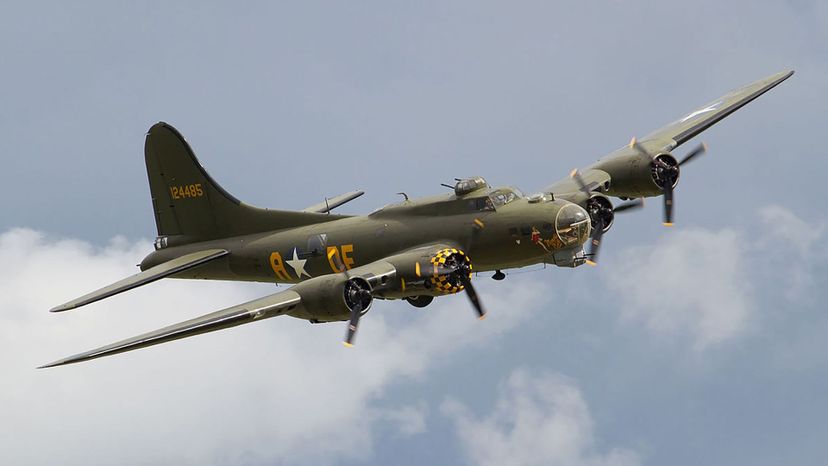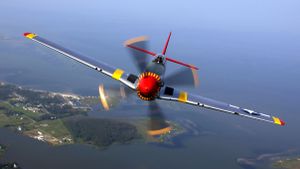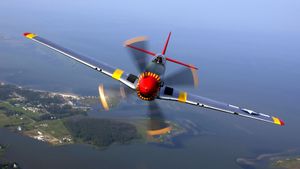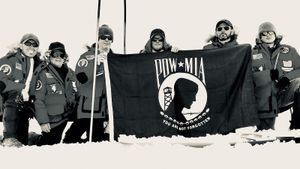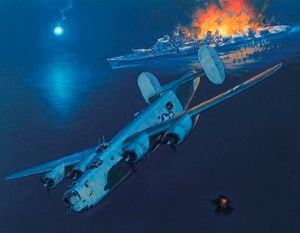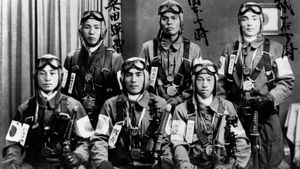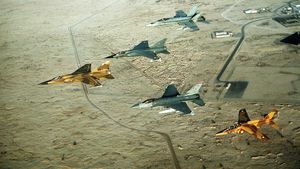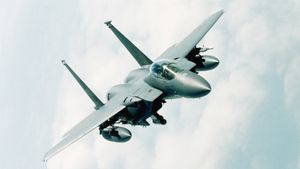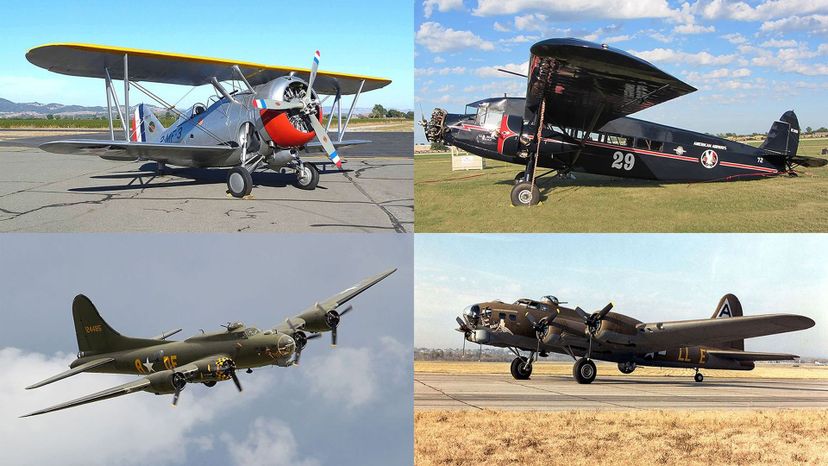
About This Quiz
The fate of old warplanes is not a happy one. If they aren't destroyed in combat, they are often destined to an ignominious fate at a desolate scrapyard, torn to pieces and turned into beer cans, or left to rust, alone and forgotten. But a few rare planes are not put out to pasture in this manner. Some find themselves into the loving hands of collectors who want more than a trophy to admire or a toy to play with: they want to make them fly once more!
In this quiz, you will find dozens of planes that have been resurrected from the brink of utter destruction, and many of them even fly the skies today as surely as they did in their heyday. Traveling air shows are the new home of these old warbirds, and they take their roosts where they may as they travel around the world to the cheers of adoring crowds. Now they are no longer weapons of war but rather living legends, animated artifacts from a history that dwindles but is not let yet lost to us.
How much do you know about these sky warriors? Can you recognize these most famous restored aircraft from yesteryear? Put your knowledge to the test in our quiz, and show us what you've got!
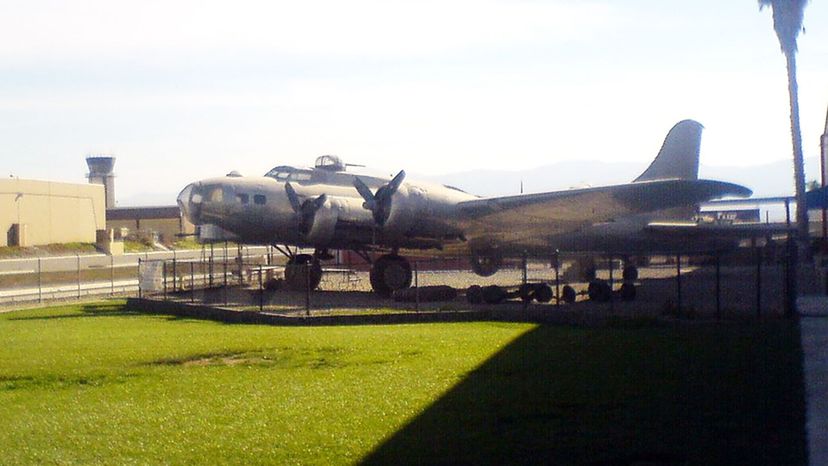

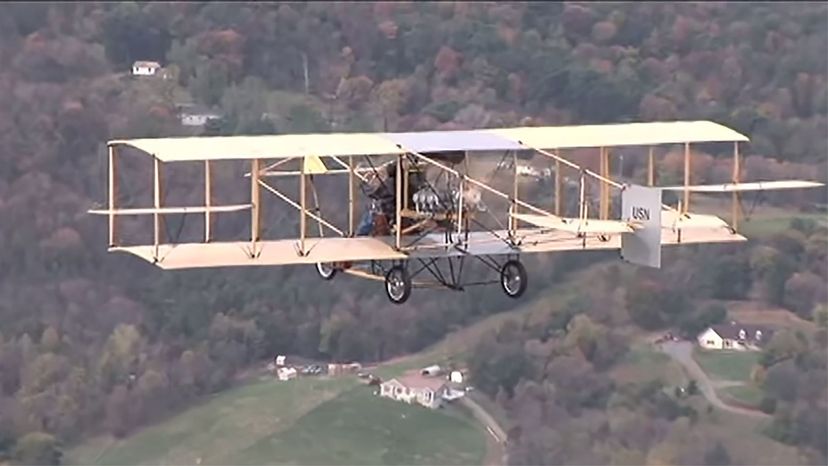
Advertisement
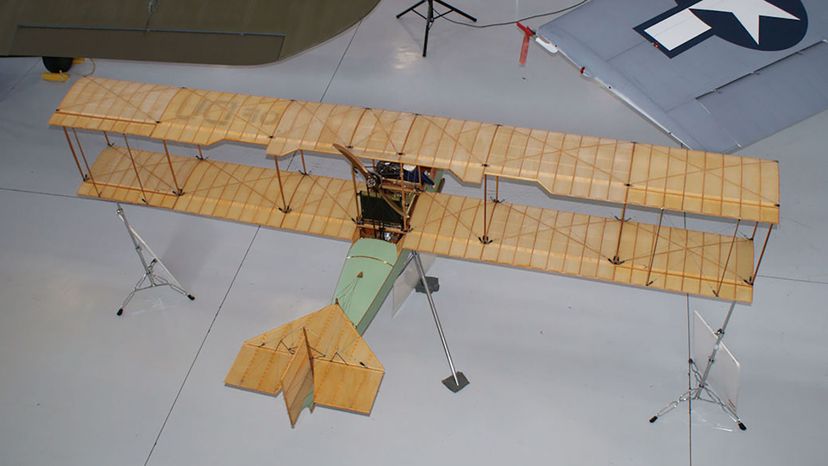
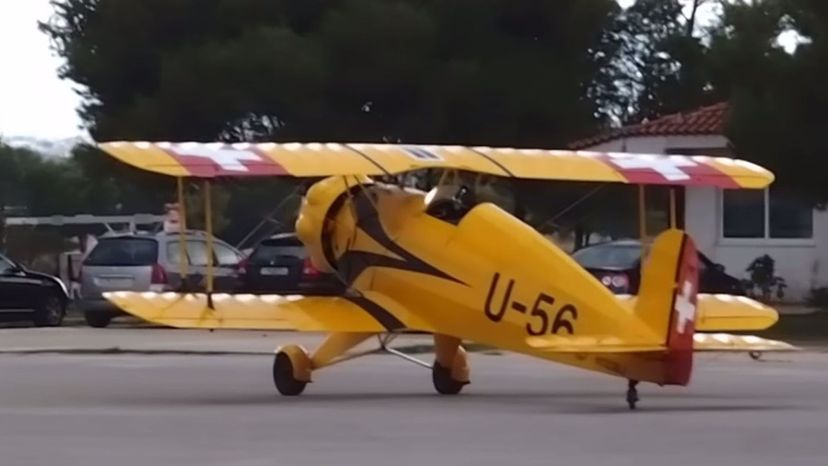

Advertisement
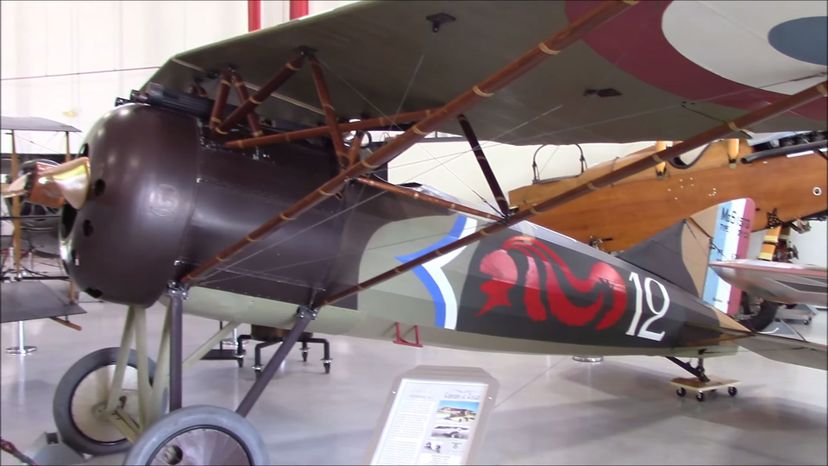

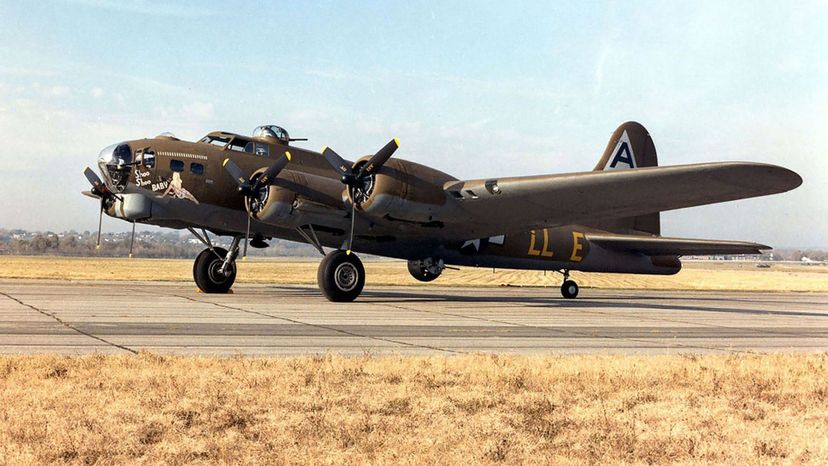
Advertisement

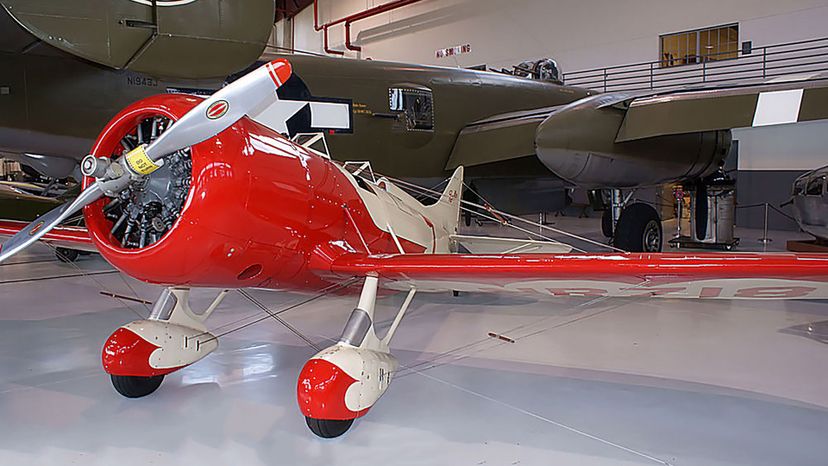

Advertisement
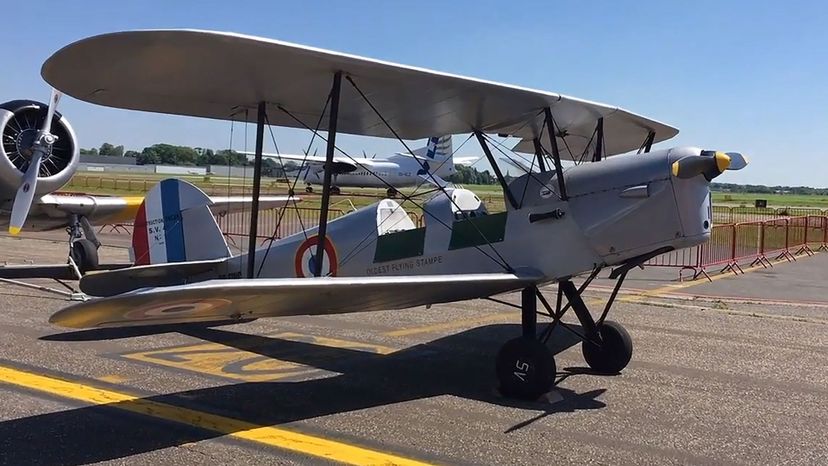
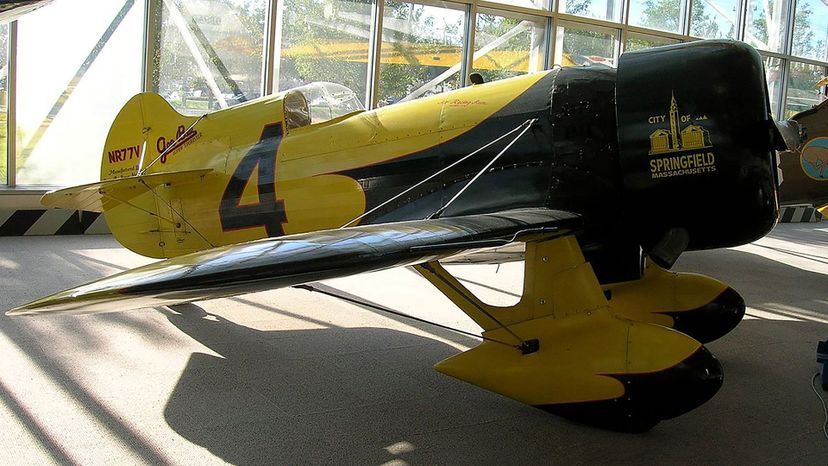

Advertisement
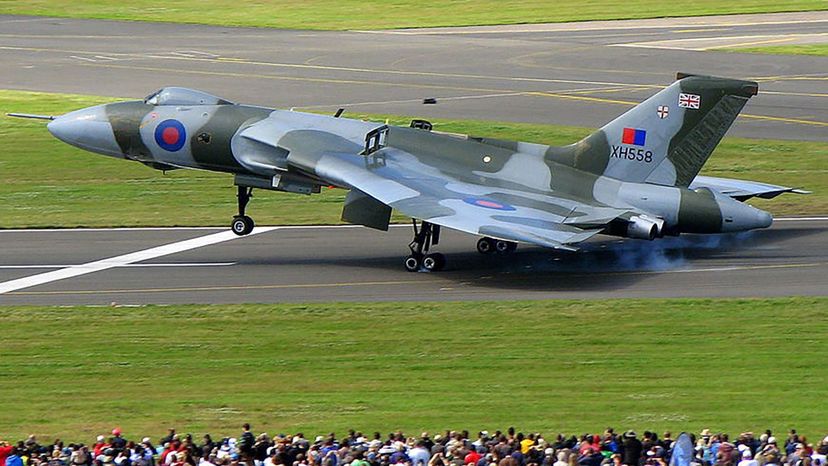
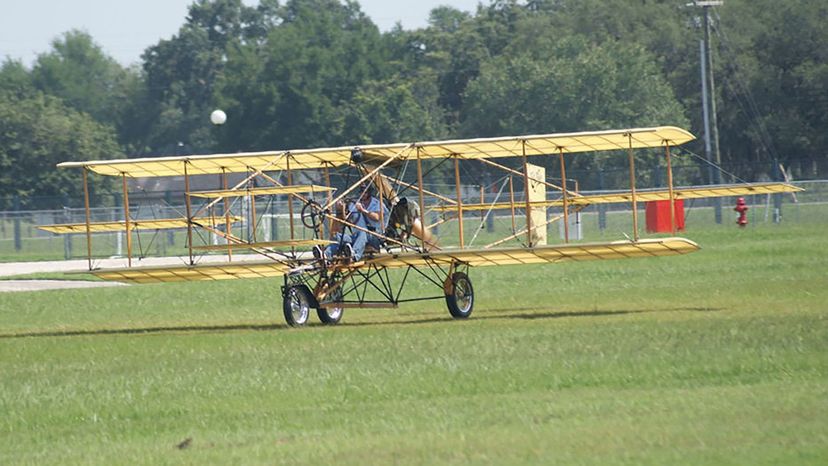
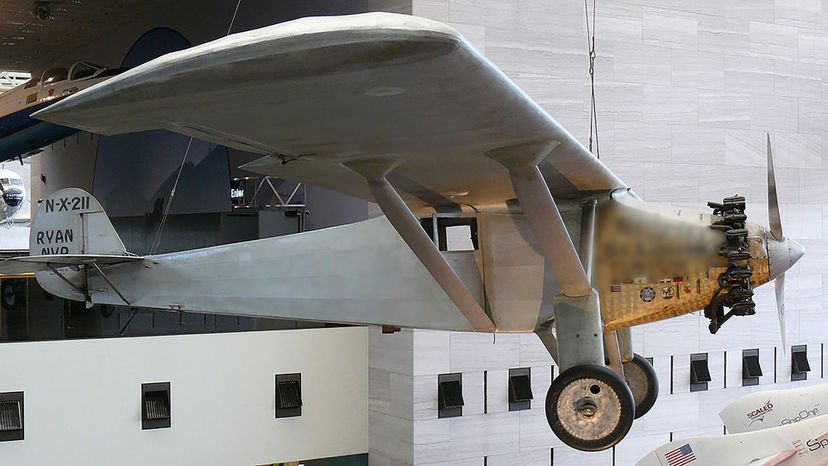
Advertisement
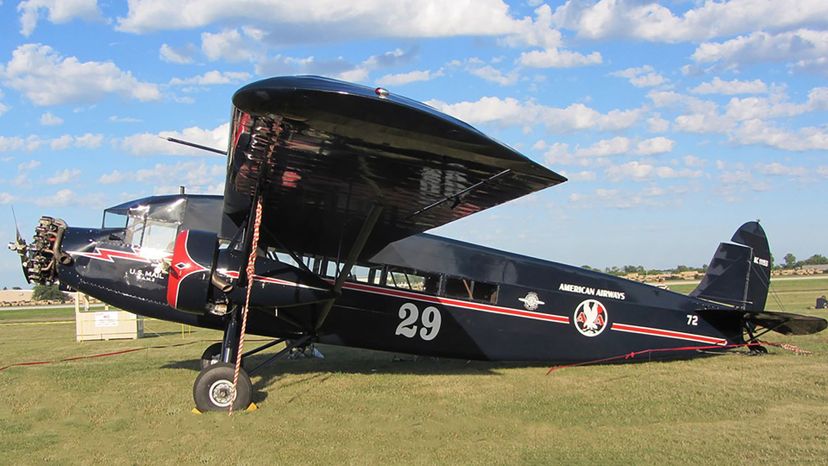
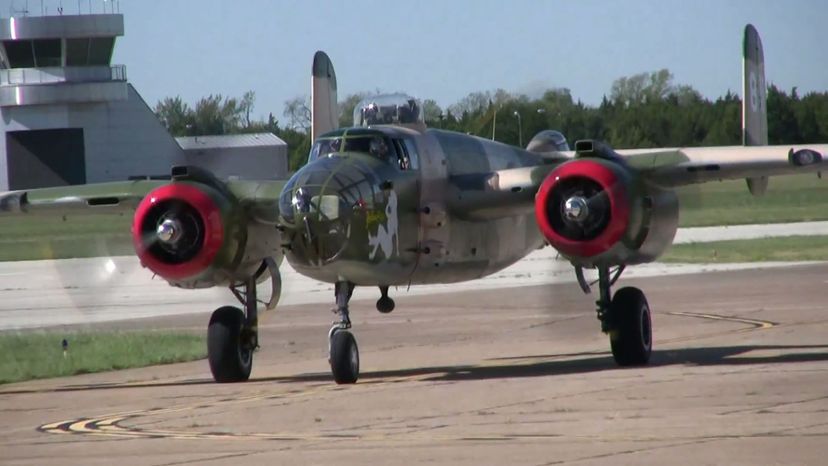

Advertisement
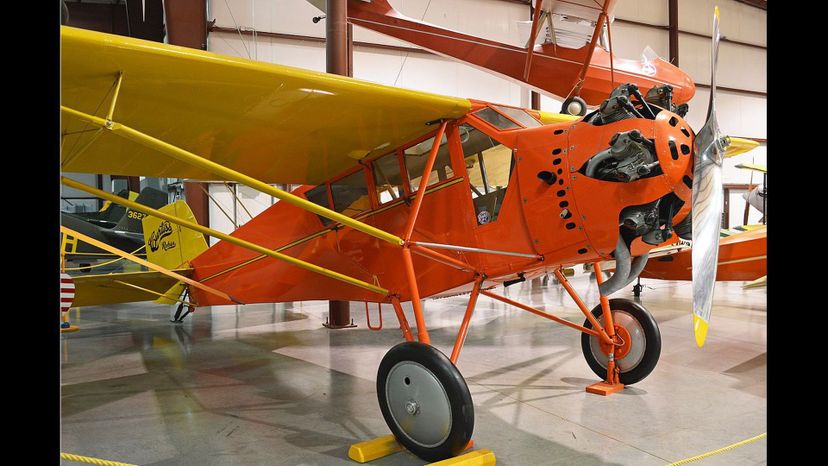
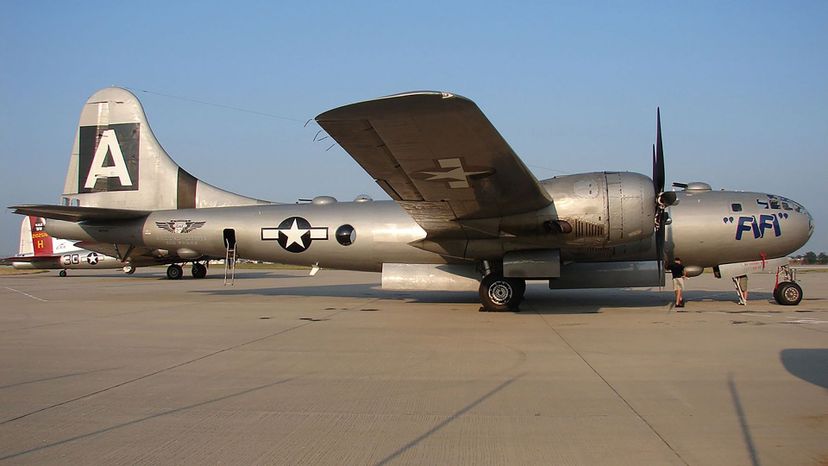
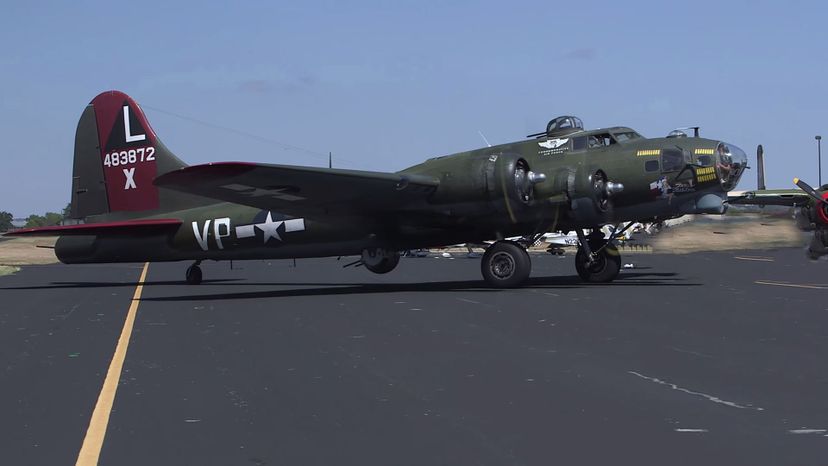
Advertisement
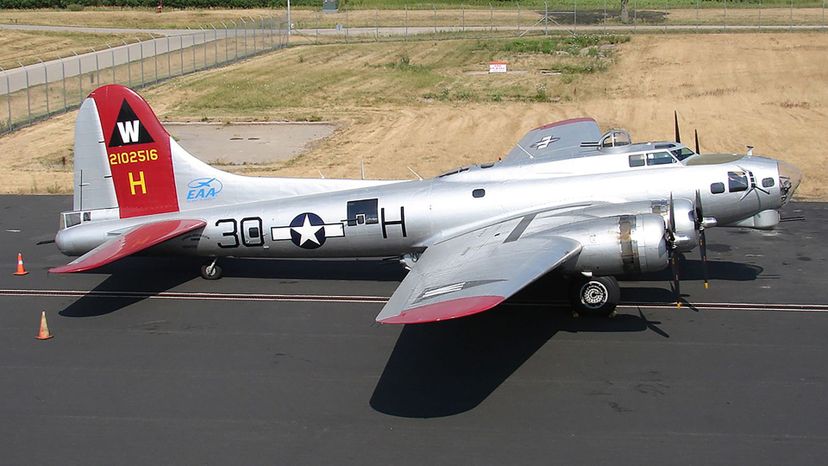
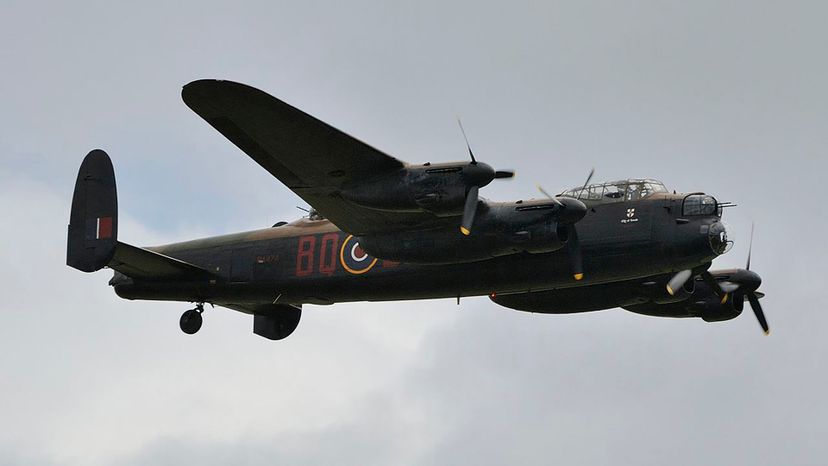
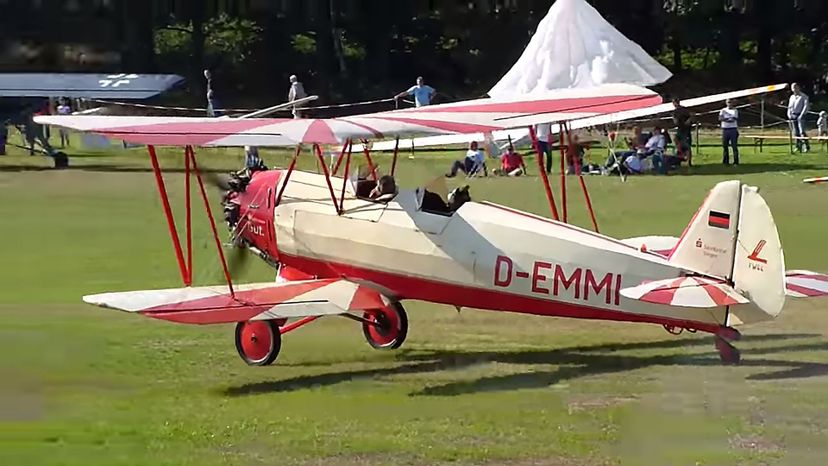
Advertisement
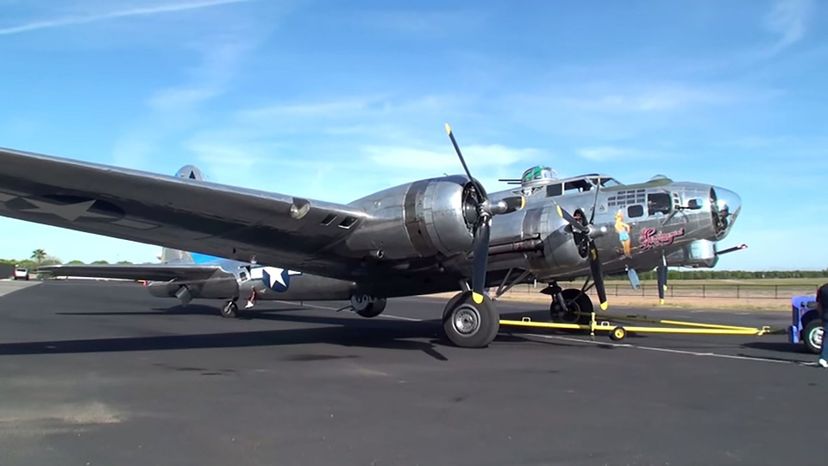
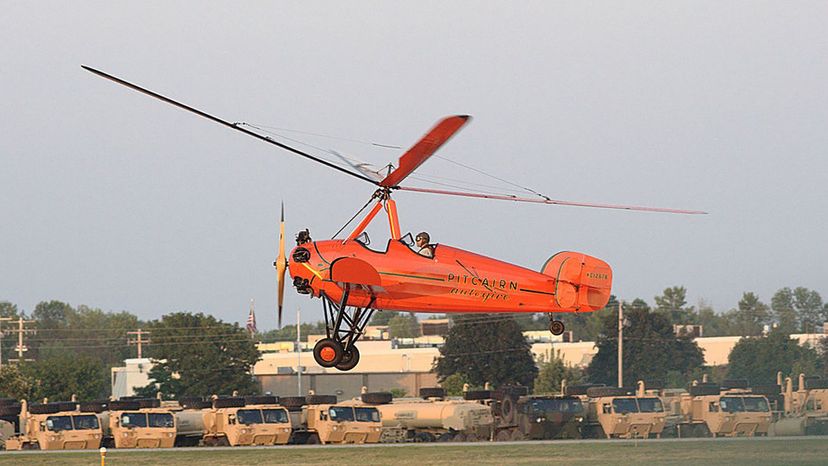

Advertisement
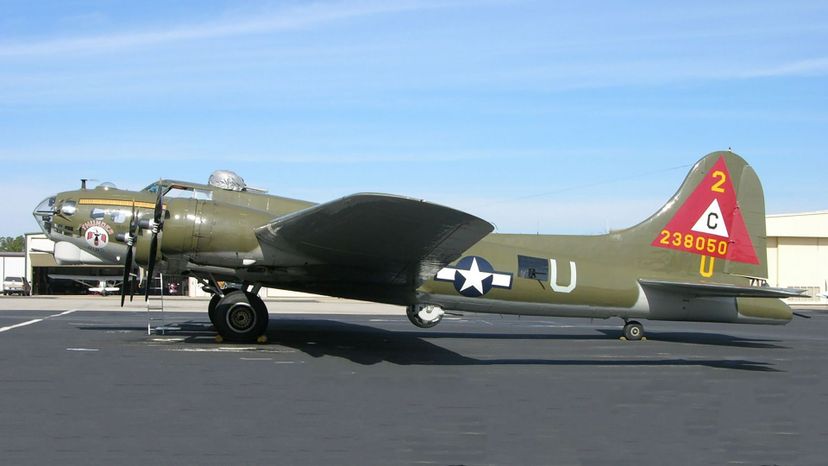
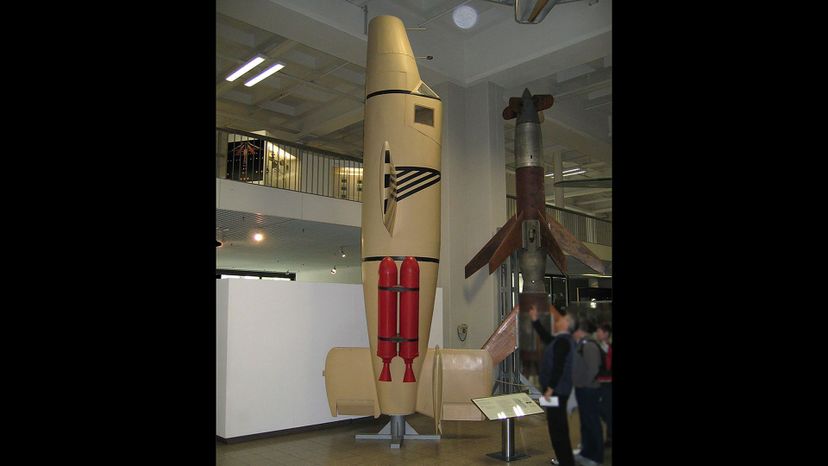
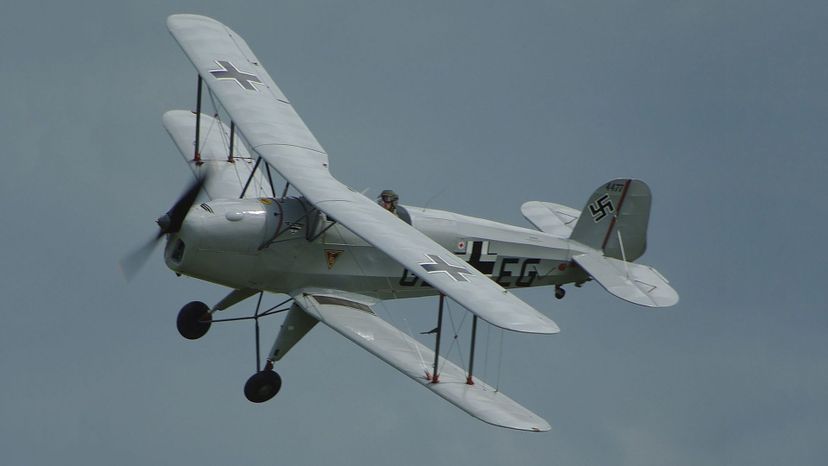
Advertisement
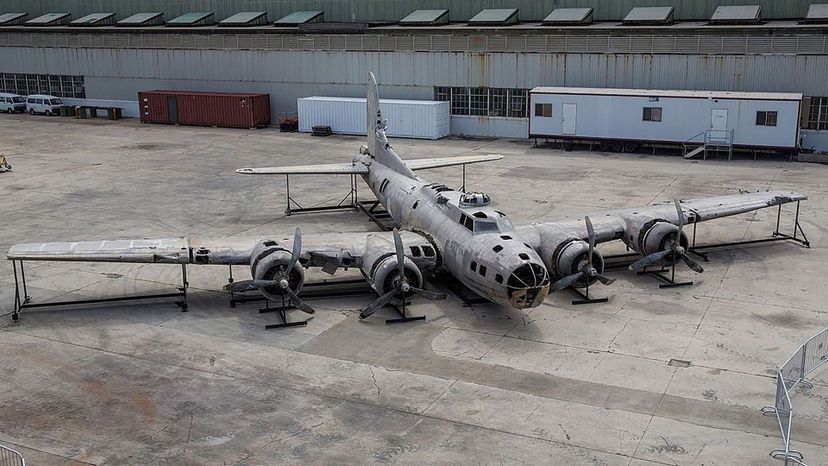

Advertisement
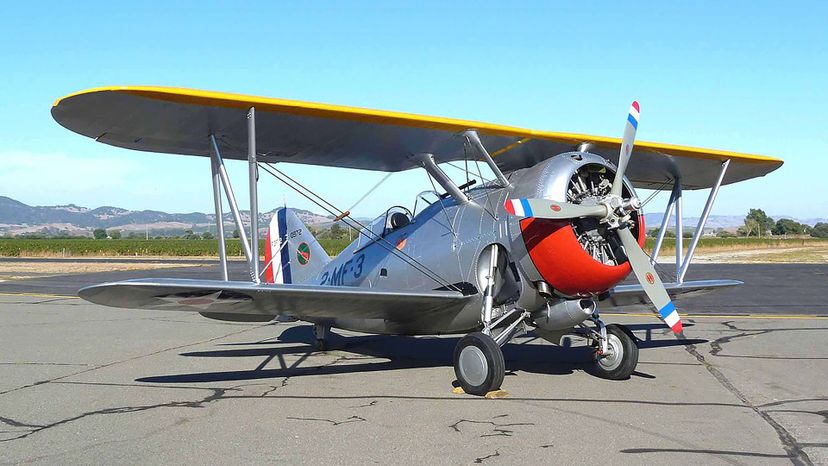
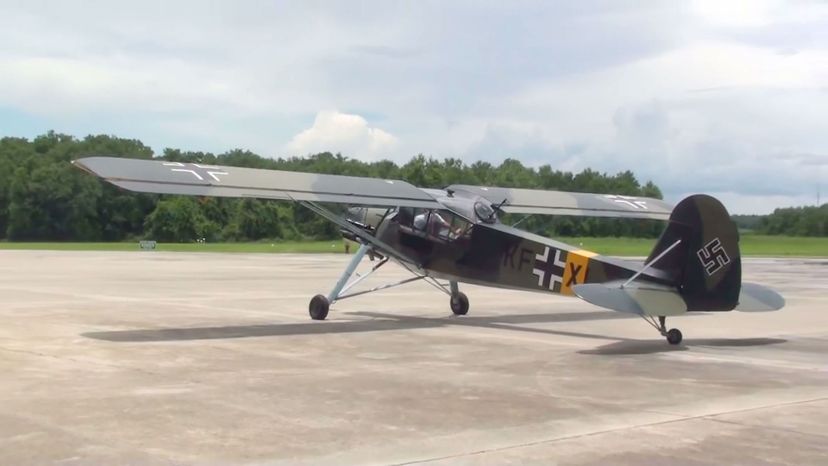

Advertisement
